Learn Center
How to Choose a Bike Bag


How to Choose a Bike Bag
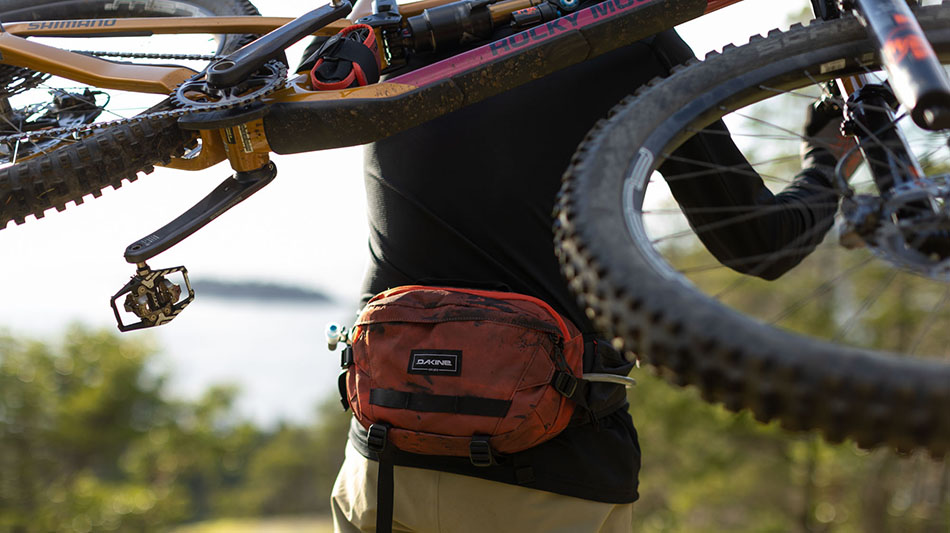
If you want to carry gear or groceries on your bike, or have a bikepacking trip planned, having the right kind of bag is very important. This article will explore some of the different types of cycling bags on the market and the best way to use each of them.
When considering cycling bags, you will want to look at a variety of features. Consider the durability of the bag, water resistance, adjustability to various size loads, ease of access to the bag contents, balancing the weight of your bicycle, and the ability to grab your bags quickly when you want to leave the bike behind.
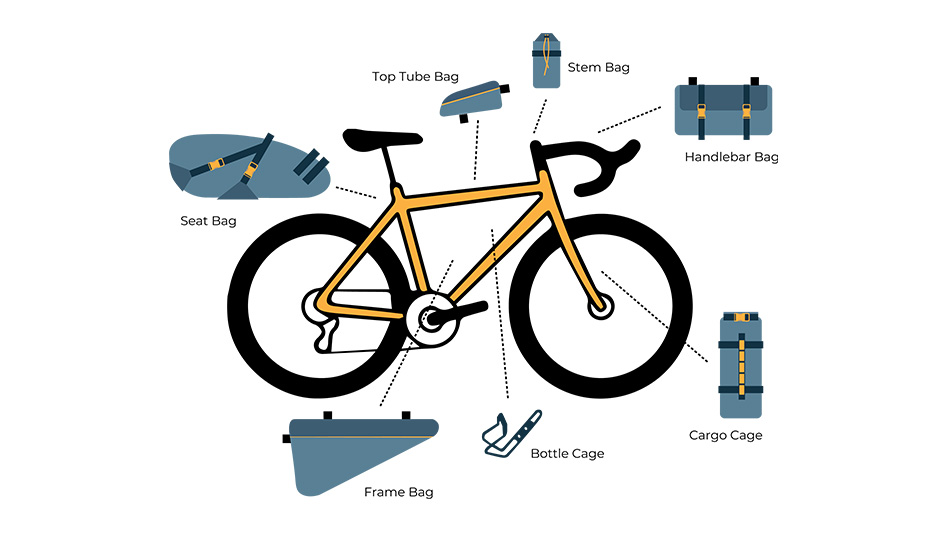
In this article, we're here to guide you through the various types of bike bags and help you in understanding the key factors to keep in mind while shopping. Let's dive in for a quick overview:
- Handlebar Bag: Perfect for leisurely bike rides, the handlebar bag is your go-to companion for storing snacks and personal items within easy reach. It's a practical and budget-friendly option that enhances your cycling adventure with convenience and portability.
- Frame Bag: Ideal for riders looking to carry a lot of gear but not take up extra space on the handlebars or seat. Perfect for storing tools, snacks, and personal items when bike packing or cruising around town.
- Seat Bag: Perfect for storing bulky, lightweight items like a sleeping bag and puffy coat, providing convenient storage in a compact way.
- Additional Storage Options: Things like stem bags, top tube bags, bottle cages, cargo cages, backpacks and hip packs are great options for long trips.
To find the perfect bike bag, visit a Level Nine store in Utah and speak with a helpful staff member. You can also reach our Customer Service team through live chat, phone, or email using this link.
Handlebar Bags
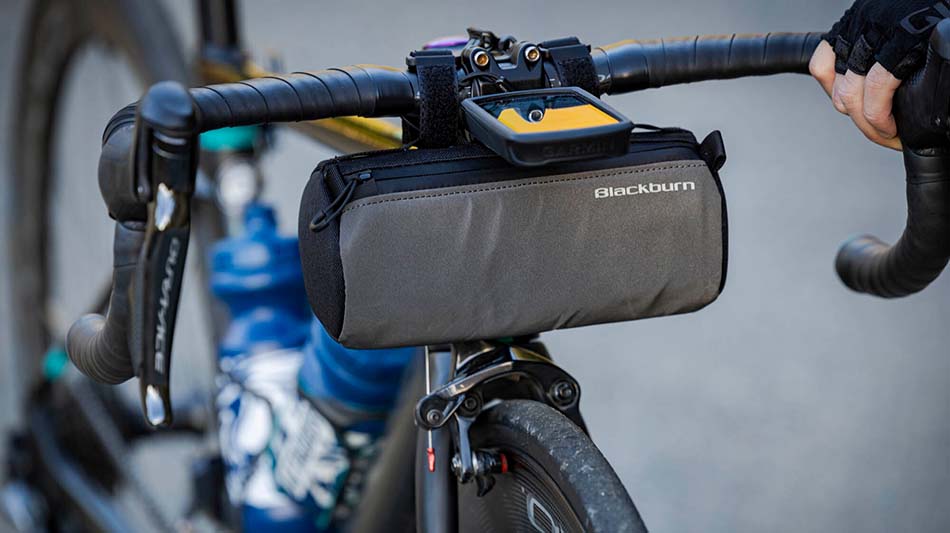
The handlebar bag, which unsurprisingly mounts on the front of the handlebars via straps or clamps. This type of bag is ideal for items that you want to have easy access to during quick stops on the side of the road or trail, like a camera, snack, or a map (some models have purpose-built clear plastic pockets on the front of the bag so maps can be mounted for easy viewing even while riding).
There are two main handlebar bag variations:
- One-piece bags: These typically come with integrated hardware to secure the bag to your bike, and they are commonly streamlined and simple to attach.
- Two-piece harness system: They utilize a harness that connects to the handlebar. The harness then secures a bag designed for the system or individual items, such as a tent or sleeping bag. This two-piece system provides versatility and is beneficial for carrying larger items effectively.
Frame Bags
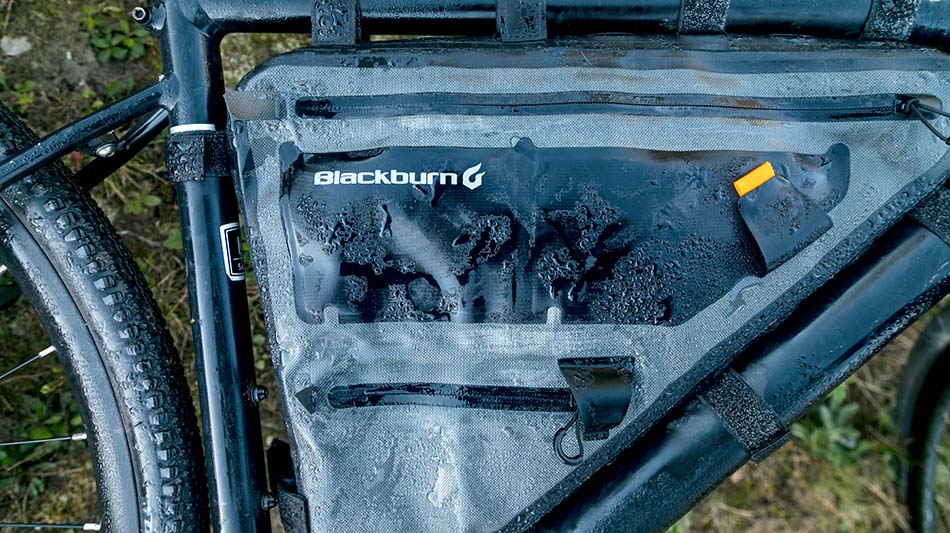
A frame pack is intended to fit within the triangle formed by the top tube, seat tube, and down tube of your bike. Placing heavy items in a frame pack helps maintain your bike's low center of gravity effectively.
Keep these things in mind when looking for a frame bag:
- Fit: When looking for a frame pack, ensure it fits your bike properly. You can opt for one designed specifically for your bike or use a universal one. Check the attachment straps and their alignment with your bike's cables. A well-fitting pack will be securely attached with minimal movement while biking.
- Size/volume: Frame packs come in full and partial triangle-filling designs. Larger packs offer more storage but may not be compatible with rear suspension or bottle cage placement. Select a size that suits your bike and offers sufficient packing space.
- Organization pockets: Certain frame bags feature multiple pockets, enhancing organization and making it easier to store and locate items.
Seat Bags
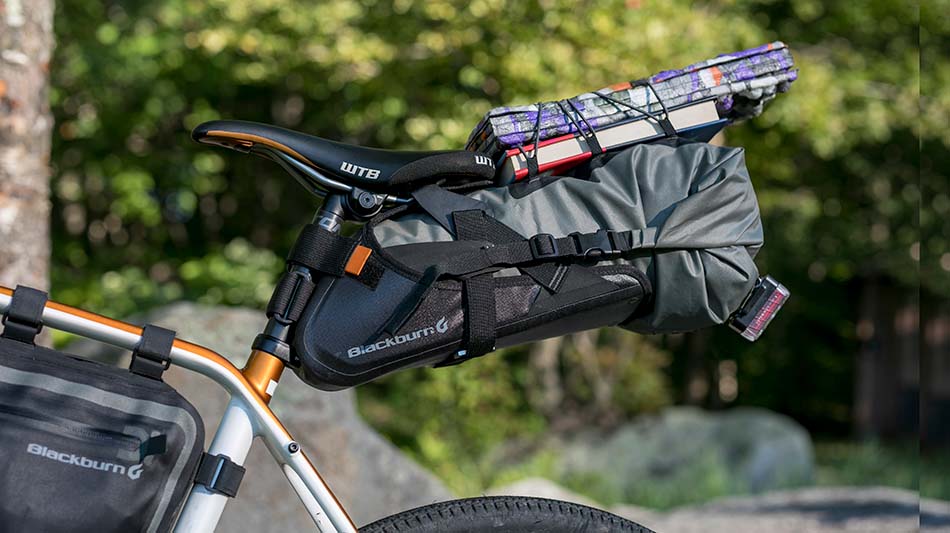
A seat pack is essential for bikepacking and cruising around town, providing a convenient storage solution for bulky yet lightweight items such as a sleeping bag and puffy coat. Compared to racks and panniers, a seat pack is more streamlined, enabling riders to navigate narrow and technical trails with ease.
Keep these things in mind when looking for a seat bag:
- Volume: Seat packs come in various sizes, typically ranging from around 5 liters to 15 liters.
- Water resistance: To protect your gear and clothing from moisture, opt for a seat pack with a certain level of water resistance. Some packs are fully waterproof, while others feature waterproof fabric but may not have sealed seams.
- Sway: Improperly secured and packed seat bags can sway slightly from side to side, affecting your ride experience. To reduce this movement, ensure a secure attachment to your bike and place the heaviest items closest to the seat post.
Additional Storage Options
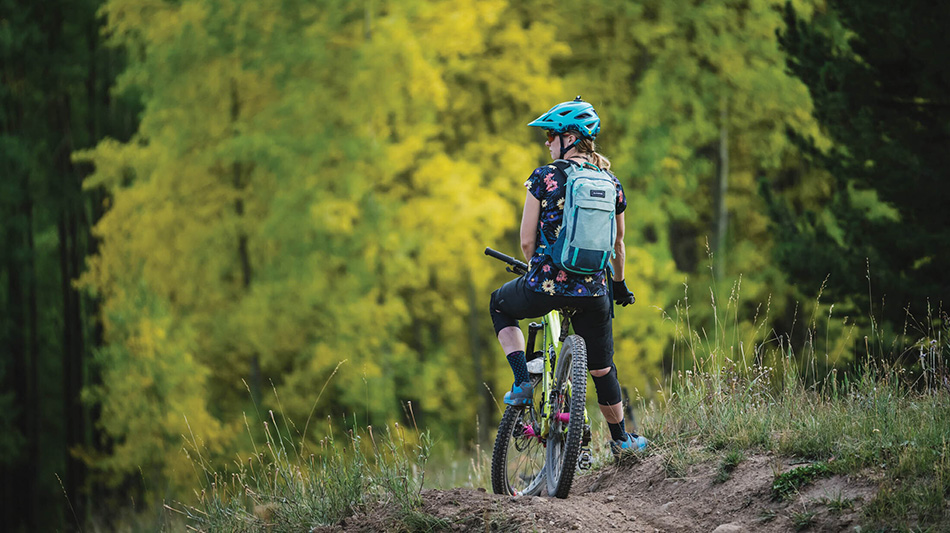
For longer bike trips or when needing additional space for gear, the capacity of seat packs, handlebar packs, and frame packs may be insufficient. Accessing items like snacks or a camera on the go can also be challenging with these packs. In such cases, consider using stem bags, top tube bags, bottle cages, cargo cages, and backpacks for added convenience and storage options.
Additional storage options:
- Stem bags: These compact pouches are mounted behind your handlebar, often secured to the handlebar and/or stem using hook-and-loop strips. They offer a convenient storage space for easily accessing small items such as snacks, water, phone, or sunglasses while cycling.
- Top tube bags: Slightly larger than stem bags, top tube bags are mounted on the top of your top tube, behind the head tube, or in front of the seat post. They are ideal for storing small items that you need to access while cycling. When selecting a top tube bag, consider factors such as storage capacity, compatibility with your bike, and ensuring it does not hinder your pedaling motion.
- Bottle cages: Traditional bottle cages are essential for carrying water during bikepacking. They attach to threaded fittings on the seat tube and/or down tube of most bikes, providing a spot for standard-size bike bottles. Certain bikes tailored for bikepacking may also feature fittings on the fork and/or underside of the down tube. If your bike lacks these fittings, you can secure a cage with hose clamps from a hardware store.
- Cargo cages: Cargo cages, resembling bottle cages, are intended for carrying gear or larger water bottles rather than standard bike bottles. They are typically installed on the bike's fork, although some can be mounted on the down tube and/or seat tube. Verify the attachment method of the cage and ensure compatibility with your bike. Certain cargo cages may necessitate a 3-hole mounting pattern, commonly found on forks specifically designed for bikepacking.
- Backpacks: While bikepackers generally aim to ride without a backpack, there are situations where it becomes necessary to carry essential gear. To enhance comfort, avoid overloading your back with weight. Some cyclists only carry a hydration reservoir in their pack, while others may include clothing, a sleeping pad, or even a tent. For a comfortable ride, consider using a lightweight pack of 20 liters or smaller to minimize strain on your back.
- Hip Pack: Hip packs, also known as waist packs or fanny packs, are compact bags worn around the waist, offering a convenient storage solution for bikepackers. These packs provide quick access to essential items such as snacks, tools, and a small water bottle while riding. They are designed to reduce the weight on your back and maintain freedom of movement during cycling. When selecting a hip pack, consider factors like size, storage capacity, comfort, and stability to ensure a pleasant biking experience.